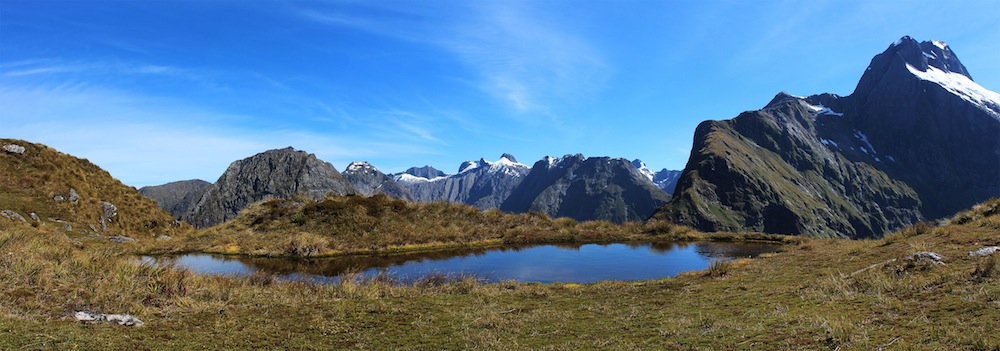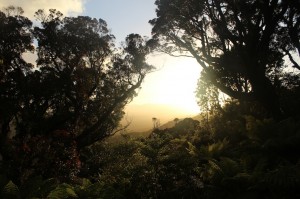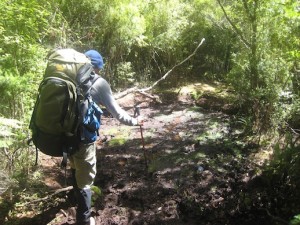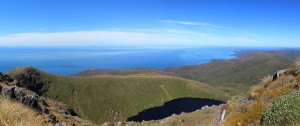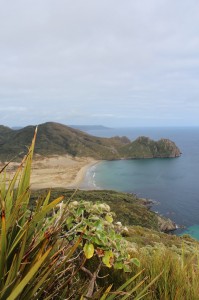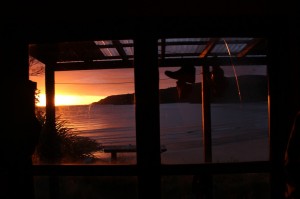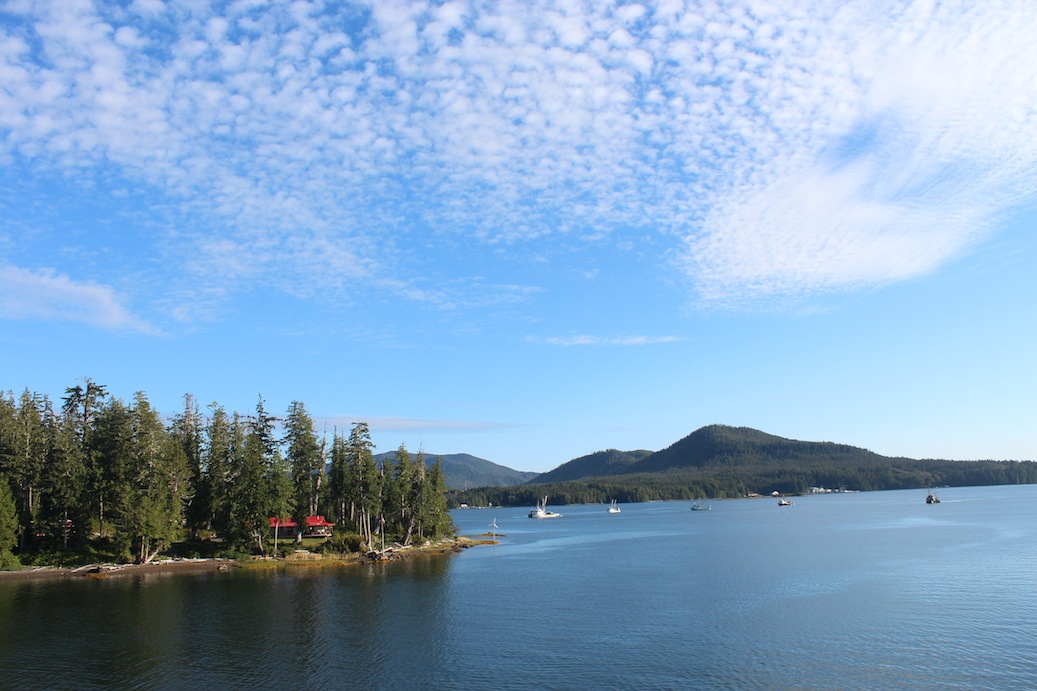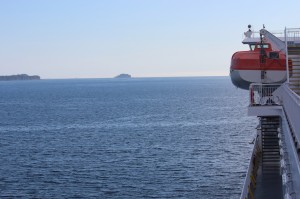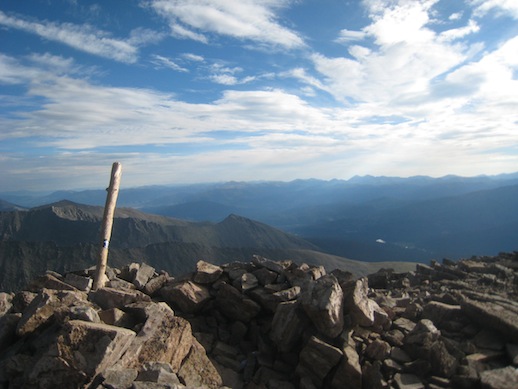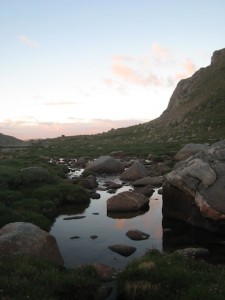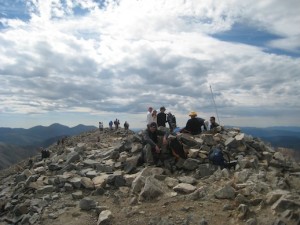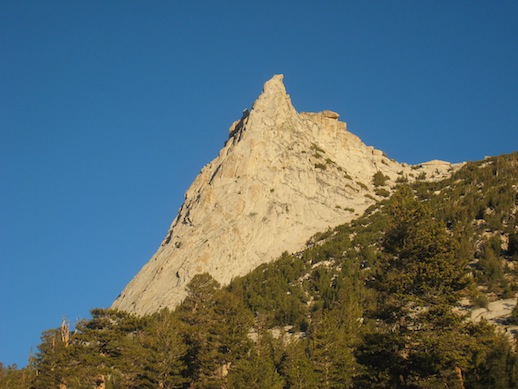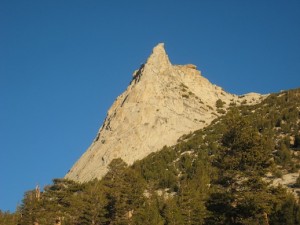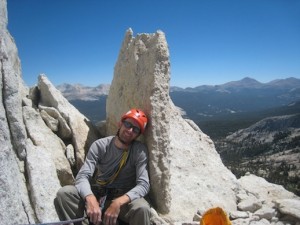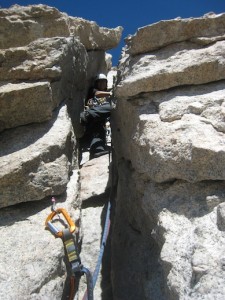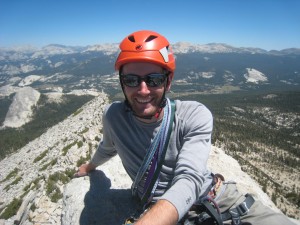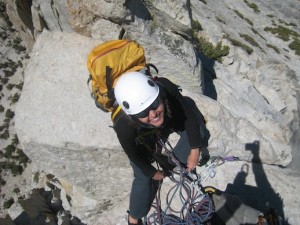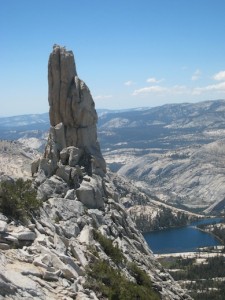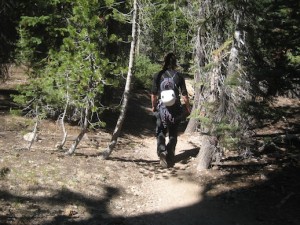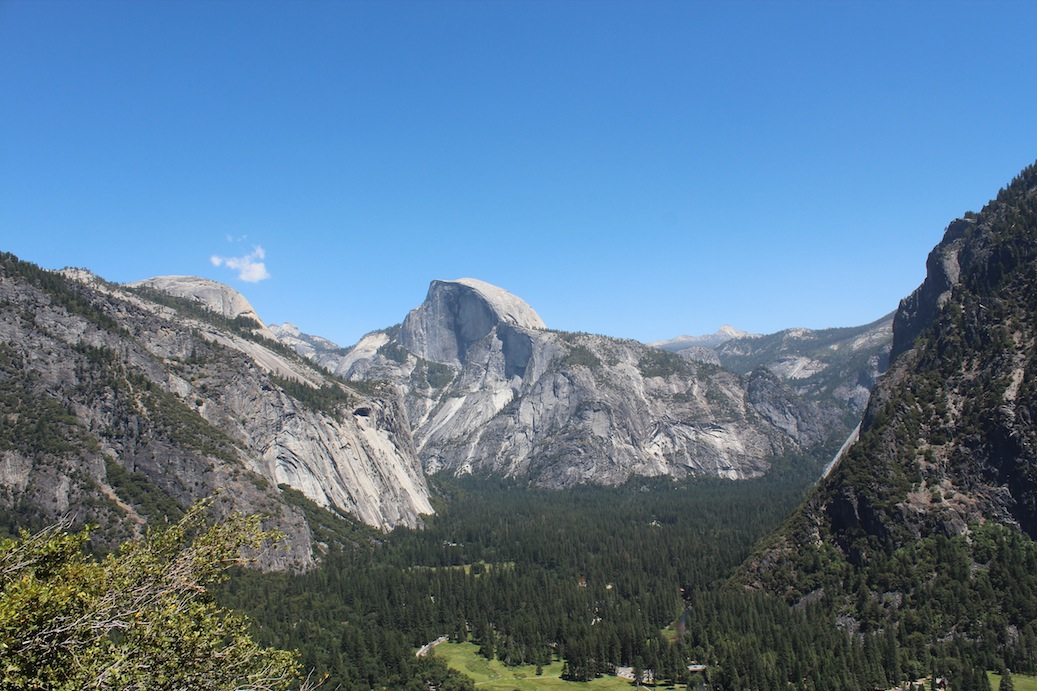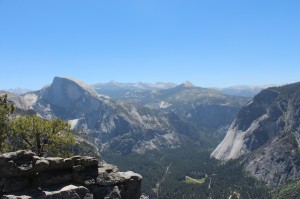In the Fiordland area in the southern part of the South Island you can find the three most popular hikes in New Zealand. The Milford Track being the most popular closely followed by the Routeburn. The Kepler was created not too long ago to let some pressure off especially the Milford. I am not sure how well this worked considering you still have to book the Milford Track half a year in advance to be sure to get a spot. The Kepler is normally the track people end up doing if they have not booked in advance.
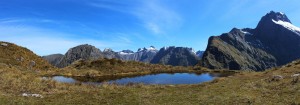
MacKinnon Pass on the Milford Track
Being a keen hiker and researcher I of course booked the Milford already in July last year so our spot was safe. There are usually cancellations so if you have not booked you can still get lucky but would require checking the booking site everyday which is not what I fancy on a holiday. At the time of booking I did not realize we would do as many hike as we have. Now we have done 8 multiday hikes and a few day hikes including all of the three above.
The hikes mentioned above are also the most expensive ones costing 54 NZ dollars per person per night. This is the same price as a standard motel room but here you have to share more or less dirty kitchens, toilets and sleeping quarters with snorers and people with no respect of others. I understand that they do charge this much considering how hard it is to maintain tracks and huts in this environment. But being on holiday and wanting to do a lot of hiking it unfortunately quickly becomes very expensive.
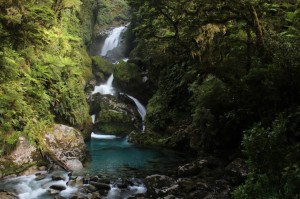
One of the many waterfalls on the Milford Track.
Partly because of the price but even more because the recommended times on the Great Walks was becoming too easy and tedious for us (spending too much time in huts is simply not comfortable or fun enough in the long run) we ended up doing these three tracks in different ways. In the Milford case we didn’t really have a choice, you had to spend one night in each hut. They let 40 people start the track every day (on top of that there is the guided walk) and you are only allowed to go in one direction in high season. So the Milford was an easy hike, 3 nights and not very strenuous. We had lots of time on the track which in our case was perfect because Andy had some problems with his knee and by the end of the track he was basically fine again. This track requires ferry transport at each end and bus to take you back to square one which also makes it the most expensive one.
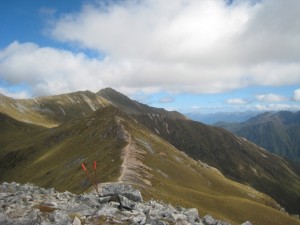
Part of the ridge on Kepler.
Andy’s knee problems originated on the Kepler Track which we did faster than recommended spending only one night on the track instead of two or three. This meant two longer hiking days, 30 km each. Due to Andy’s knee, which started to give him trouble on the second day, we cut that day short at 20 km and caught the bus the remaining 10 km. I had thought this hike would be very strenuous with two long days including about 1700 m total elevation but it turned out not to be so bad. Maybe we are getting more fit after all. 🙂
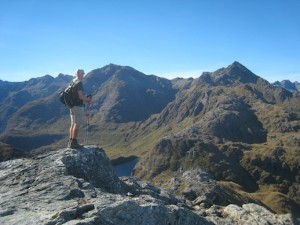
On top of Conical Hill on the Routeburn Track
The Routeburn Track which was the last of our hikes we decided to do as a day hike, or at least two thirds of the track. The complete Routeburn in one day would have been easy being only 32 km. But the problem is that it is a one way trail and you have to get transport from the finish back to the start which is a 4-5 hours drive. So we decided to hike the most interesting part over the Harris Saddle, down to Lake Mackenzie and then back again. Meaning we managed to make a 32 km hike into a 42.5 km one because we wanted to get back to the point we started. This was a bit more strenuous than anything else and our bodies needed a day or so to recover.
As for the tracks it is hard to say which one is more beautiful because they are a all a bit different. The Milford has the most variety with its streams, waterfalls, steep valley sides, the mountain pass with good views, forest and boat rides. It is known at “the greatest walk in the world” for a reason, it is really nice. However if what you are after is a more alpine experience the Routeburn with better views (especially if you climb the Conical Hill), alpine lakes, nice forest and streams might be to prefer. The Routeburn still has a lot of variety and more time above the tree line with good views. The Kepler, which is a bit of a favorite for us, has the best views and a trail along a long ridge (I love ridges). However the forest is not as nice and it misses the streams and waterfalls. But that ridge is worth it! Actually I would recommend hiking the ridge over to the hut on the other side and then going the same way back the next day instead of doing the complete loop. That way you have a better change of getting good weather on the ridge.
You can decide for yourself which is your favorite by looking at the images below:
 |
| Milford Track |
 |
| Routeburn Track |
 |
| Kepler Track |

